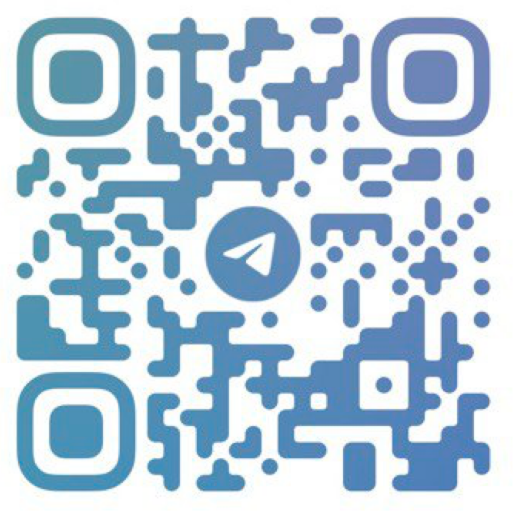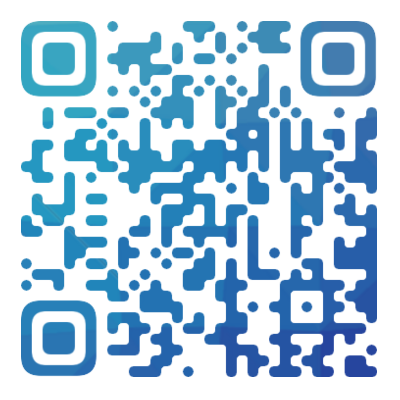Sharing the Architecture Design of a Digital Currency Blockchain Exchange Source Code
Blockchain technology has gained increasing attention and application in recent years as a disruptive technology. Among them, blockchain exchanges are a typical application of blockchain technology and one of the hotspots in the field of blockchain applications. This article will explore the source code aspect of blockchain exchanges from a technical perspective and quote expert opinions, hoping to provide some useful references for the technical developers of blockchain exchanges.
一. Architecture of Blockchain Exchanges
Before discussing the source code aspect of blockchain exchanges, we need to understand the architecture of blockchain exchanges. In the architecture of a blockchain exchange, it usually includes the following components:
1. Front-end interaction interface: Including web interfaces and mobile applications, which provide users with interfaces for trading, querying, and other operations.
2. Trading matching engine: This component is the core component of the entire system, responsible for handling trade requests and trade matching operations. It needs to have efficient matching algorithms and a stable operating environment.
3. Blockchain nodes: Blockchain nodes are one of the core components of blockchain exchanges. They are mainly responsible for writing transaction records into the blockchain, providing transaction verification and query functions.
4. Wallet system: The wallet system is another important component of blockchain exchanges, mainly responsible for managing users' digital assets and conducting cryptocurrency deposits and withdrawals.
In the actual development process, the architecture of blockchain exchanges is usually designed and developed based on the microservices architecture. The advantage of the microservices architecture is that it can split the entire system into multiple small services, with each service being independent of each other, thus improving the maintainability and scalability of the system.
In terms of implementation, blockchain exchanges usually adopt Java programming language for development. Java's object-oriented programming paradigm and rich third-party libraries are utilized to develop the entire system. Java, as a mature programming language, has a wide application base and a rich ecosystem. It also possesses strong cross-platform capabilities and efficient performance optimization methods, which can meet the development requirements of blockchain exchanges effectively.
二、Design and Implementation of Blockchain Exchange Source Code
1.Front-end Interaction Interface
The front-end interaction interface is an important component of a blockchain exchange, responsible for displaying trade information, trade charts, user accounts, and providing interfaces for user transactions and queries. In terms of design and implementation, front-end frameworks like React, Angular, Vue, etc., are commonly used, with React being one of the popular choices.
In the specific implementation, the front-end interaction interface needs to communicate with the back-end services, usually using RESTful API for data exchange. Additionally, technologies like WebSocket are utilized to achieve real-time updates of trade information and order status.
2.Trading Matching Engine
The trading matching engine is one of the core components of a blockchain exchange, responsible for handling trade requests and trade matching operations. In terms of design and implementation, several aspects need to be considered:
(1) Matching Algorithm: The matching engine needs to employ efficient matching algorithms to ensure efficient trade execution. In practice, price and time priority-based matching algorithms are commonly used.
(2) Performance Optimization: The matching engine needs to have high-performance characteristics to handle a large volume of trade requests. To improve performance, techniques such as multi-threading and asynchronous processing are often utilized.
(3) Security: The matching engine needs to have robust security features to prevent DDoS attacks and other security issues. Techniques like firewalls, traffic monitoring, and attack detection are commonly employed.
In practical development, the matching engine is usually implemented using the Java programming language. Java's multi-threading and asynchronous processing capabilities, along with technologies like RESTful API and WebSocket provided by frameworks like Spring, are used to achieve a high-performance and reliable matching engine.
3.Blockchain Nodes
Blockchain nodes are another important component of a blockchain exchange, responsible for writing transaction records to the blockchain and providing transaction validation and querying functionalities. In terms of design and implementation, several aspects need to be considered:
(1) Chain Data Structure: Blockchain nodes need to utilize a chain data structure to manage transaction information on the blockchain. In practical development, data structures like Merkle Trees are commonly used.
(2) Distributed Technology: Blockchain nodes need to possess robust distributed technology features to handle a large volume of transaction requests. Therefore, technologies like peer-to-peer (P2P) networks and consensus algorithms are often employed.
(3) Security: Blockchain nodes need to have strong security features to prevent DDoS attacks and other security issues. Techniques such as firewalls, traffic monitoring, and attack detection are commonly implemented.
In practical development, blockchain nodes are typically implemented using the Java programming language. Java's distributed technology and security features, along with technologies like RESTful API and WebSocket provided by frameworks like Spring, are utilized to achieve high performance and reliability in blockchain nodes.
4.Database
A blockchain exchange needs to manage a large amount of transaction data, user account information, and other related data. Therefore, it requires an efficient database to store and manage this data. When designing and implementing the database, several aspects need to be considered:
(1) Data Consistency: A blockchain exchange needs to ensure data consistency. Therefore, a distributed database is often used to ensure high reliability and consistency of the data.
(2) Performance Optimization: A blockchain exchange needs to handle a significant number of transaction requests and query requests. Therefore, an efficient database is necessary to improve performance. In practice, technologies such as relational databases and NoSQL databases are commonly employed.
(3) Security: Data security is crucial for a blockchain exchange. It requires the implementation of robust security measures to prevent data breaches and attacks. Encryption techniques and access control technologies are often used in practical development.
In practical development, databases such as MySQL, MongoDB, and Redis are commonly used to achieve high reliability and high-performance data management in a blockchain exchange. The choice of the specific database technology depends on factors such as the scalability requirements, data structure, and performance needs of the exchange.
Expert Perspectives
The design and implementation of the source code for a blockchain exchange pose high complexity and difficulty, requiring consideration of various technical and business requirements. Here are some expert perspectives on the design and implementation of blockchain exchange source code:
1.Li Guoqing (Founder and CEO of Innovation Works)
"The design and implementation of the source code for a blockchain exchange need to fully consider security and reliability. In terms of the matching engine, efficient matching algorithms and distributed technologies are needed to ensure efficient and reliable trading. In terms of blockchain nodes, robust distributed and security technologies are necessary to ensure high reliability and security of data. Additionally, an efficient database is required to store and manage transaction data, user account data, and other information."
2.Zhao Changpeng (Co-founder of Binance)
"The design and implementation of the source code for a blockchain exchange require comprehensive consideration of various technical and business requirements. In terms of the matching engine, efficient matching algorithms and distributed technologies are needed to ensure efficient and reliable trading. Additionally, techniques such as traffic monitoring and attack detection are necessary to prevent malicious attacks and DDoS attacks. For blockchain nodes, efficient distributed technologies and security measures are required to ensure high reliability and security of data. User experience and interface design should also be carefully considered during actual development."
3.Wang Wei (Co-founder of Bitmain)
"The design and implementation of the source code for a blockchain exchange require careful consideration of high performance and reliability. In terms of the matching engine, efficient matching algorithms and distributed technologies are needed to ensure efficient and reliable trading. For blockchain nodes, efficient distributed technologies and security measures are necessary to ensure high reliability and security of data. Moreover, during actual development, attention should be given to interface design and user experience to enhance user satisfaction."
Conclusion
The design and implementation of the source code for a blockchain exchange require comprehensive consideration of various technical and business requirements, including the matching engine, blockchain nodes, security, and database aspects. Efficient matching algorithms and distributed technologies are needed to ensure efficient and reliable trading, while efficient distributed technologies and security measures are necessary to ensure high reliability and security of data. Additionally, user experience and interface design should be carefully considered to enhance user satisfaction during actual development.
Our software development team consists of experienced developers who possess in-depth technical knowledge and industry expertise, enabling us to provide the best development solutions. With their extensive experience, our development team is capable of delivering high-quality customized software within a short timeframe.
If you are in search of a reliable software development company, we are your top choice. Please contact us to embark on your journey of customized software development. We look forward to collaborating with you and providing you with the best solutions.
For customized development, you can contact us via Telegram:https://t.me/dexdao123
Please specify source if reproducedSharing the Architecture Design of a Digital Currency Blockchain Exchange Source Code | CoinNav- Blockchain Trading Starts Here

